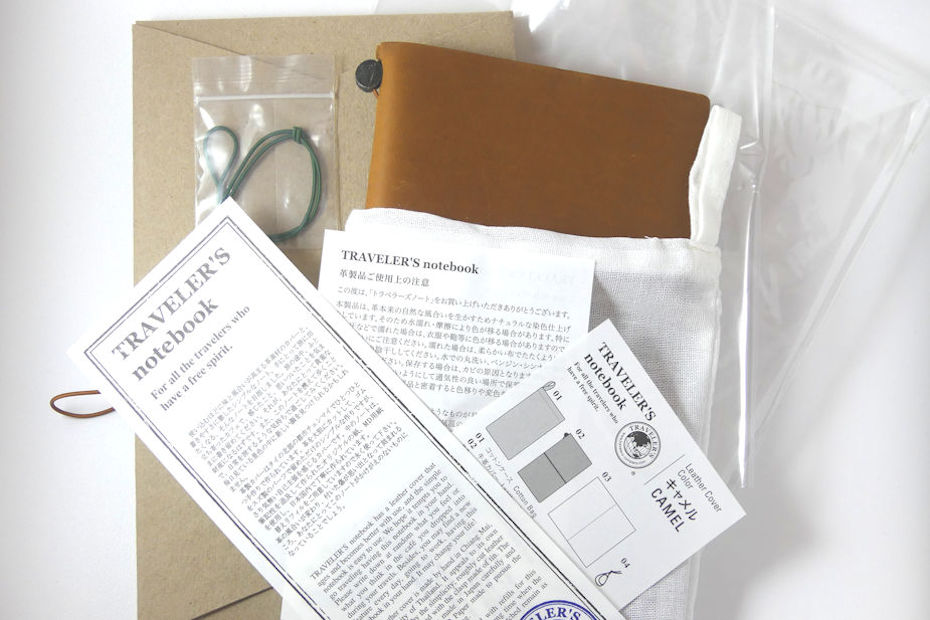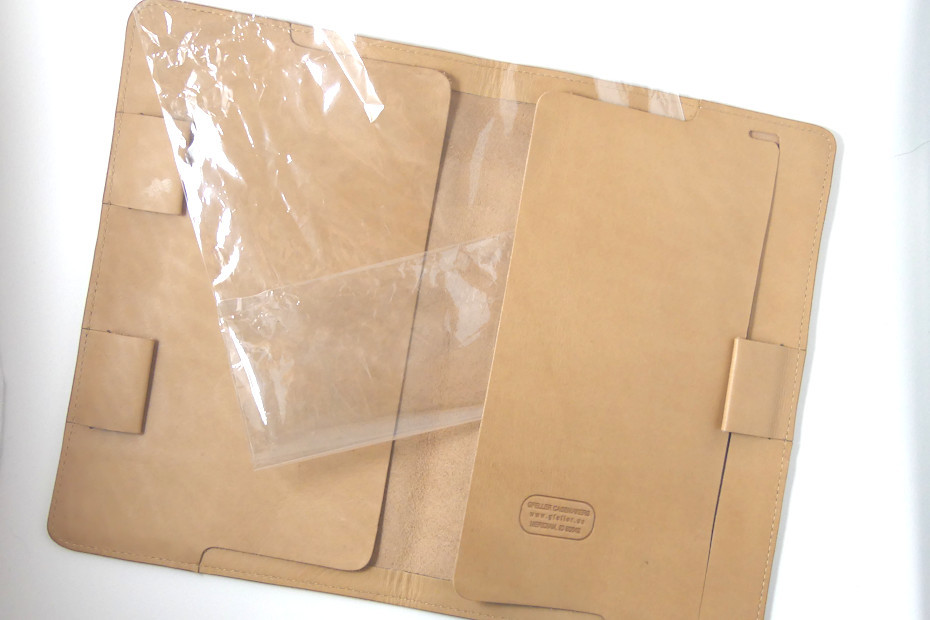We’re not supposed to judge a book by its cover, but we all do it anyway. That’s why some businesses put a lot of thought into product packaging. In fact, quite often, the packaging costs more than the product itself. So, what should you think about when deciding on your product packaging?
There’s no real step-by-step guide on how to package products. After all, for those of you who think packaging is important, you’ll want your packaging to be unique. So, you’ll want to come up with your own customizations. At a minimum, though, you’ll need something of reasonable cost to protect your product while it’s being shipped to your customer.
In this post, we’ll share some issues you need to think through when deciding on your product packaging. We’ll also share some of our experience in deciding product packaging for a family-owned small business years ago.
We start with figuring out how many layers of packaging you’ll need.
You Might Need Multiple Types of Packaging
There are different types of packaging, and you must consider (and understand the cost of) all of them.
If you’re a retailer and sell items from different manufacturers, then you’ll mostly just have to package (and maybe ship, but we’ll get to that in later articles) the different items purchased by your customers.
If your customers purchase in person, then you’ll need bags. But, if they purchase online, you’ll need corrugated boxes. You might need packing material such as peanuts, blister packs, or packing paper to secure the products so they don’t shift and be damaged during shipping. If you’re a restaurant, you’ll need both boxes and bags.
If you’re a manufacturer, you’ll have to think about additional packaging. Individual items to be sold to retail customers usually have nicer packaging. But you’ll also need to send the items in bulk to your wholesalers or direct retailers.
For bulk sales, individual items are usually packed full in corrugated boxes. The corrugated boxes might be placed on wooden pallets and secured with stretch film. All these create costs for you.
Product Packaging is an Element of Marketing
Most people intuitively understand that there’s an element of marketing in product packaging, especially for the packaging the consumer sees directly. The shape of the Coca-Cola bottle, for instance, is famously distinctive. And, according to this Coca-Cola article and at least in the beginning, the bottle was the most expensive part of the operation.
It’s still true today that the more distinctive the packaging is, the more expensive it’s likely to be. They typically require some sort of custom design and printing. There may be many more layers of the packaging than necessary, to create a reveal experience for the customer. Often, the packaging is designed by marketing professionals.
All this adds to the cost of packaging. It’s not unusual for the packaging to end up being more expensive than the product itself.
Customized Packaging Can Tie up Your Operating Expenses
Sometimes, looking at the per-item cost, customized packaging isn’t more expensive than generic packaging. However, you’d need to buy at least a minimum order amount when you customize.
Let’s say that you can use about 5,000 bags in three months. Let’s also say that you can buy customized bags for about the same price as generic bags, but the minimum order for each customized bag is 10,000 units. If you sell two products and each needs customized packaging, then you would have to pay for 20,000 customized bags. Assuming your business is steady and the two products sell at the same pace, it would take you an entire year to use up all the bags.
Of course, it’s up to you to decide whether or not it makes sense to tie up your operating expenses this way. Sometimes, knowing what’s unique about your product can help you decide how unique you want your product packaging to be.
Case Study of Two Opposite Packaging Strategies: Midori Traveler’s Notebook vs. Gfeller Notebook Cover
Leather notebooks and notebook covers are esoteric subjects to most people. But if you sell notebook covers, you can attract different types of customers based on how you market the product.
The Midori Traveler’s Notebook
For example, the Midori Traveler’s Notebook has a strong online following. But it’s just a piece of leather with an elastic band at the center going from top to bottom. The band is used to hold smaller notebooks inside. There’s another elastic band to hold the leather flaps closed. The regular-sized notebook currently costs around $50-$60. If you make your own, you can probably get all the materials for $10 or less.
The notebook is elaborately packaged. As you can see below, each notebook comes with several explanatory notes, a cloth bag, an extra band, a unique folded paper box, and two layers of cellophane bags.

Unpacking the Traveler’s Notebook is an experience. You discover, layer by layer, what’s inside. As you unpack, you can read the explanatory notes. One of them talks about how to age the leather with scuff marks. Another talks about how you can jot down thoughts in the notebook while you sit in a café at an exotic place watching people go by.
The many layers of the Traveler’s Notebook’s packaging not only give the customer a reveal experience, they also evoke a different place, time, and pace of life that many users of the notebook yearn for.
The Gfeller Notebook Cover
Contrast this with the Gfeller notebook covers, which also has a cult following. The cover is made from high quality kip leather. They cost about $100, give or take $20 depending on which brand the notebook cover is custom-fitted for. If you want a customized pen loop, a slit for the Moleskine elastic band, or your initials, you’ll have to pay more.
Given the high-quality leather and detailed work of these notebook covers, if you’re not a skilled leather worker, you won’t be able to make one yourself. As to packaging, the one we ordered came in a plain cellophane bag.

Buyers of the Gfeller notebook cover are able to get to the cover quickly, with no delay to unwrap additional packaging. The appreciation for the product comes from looking at the detailed craftsmanship and feeling the quality of the leather. The product speaks for itself.
Case Study of the Middle Ground: Family-Owned Food Processing Business
Many years ago, my family owned a food processing business for frozen foods. We wanted good-looking packages to compete with our much larger competitors, but we also knew that our customers bought our products for the great tasting food, not for the packaging.
For bulk packaging, we started with generic corrugated boxes. To save costs, we bought generic, unprinted boxes in large quantities to lower the per item price. But we sold many different products. So, we printed different sticker labels to place on boxes to indicate the different products inside.
Later on, we printed customized boxes for a few best-selling products. Because each customized box had minimum orders, more money was tied up in packaging than when we started. But, because business was steady, we knew we’d eventually be able to use all of it.
Our food products were ultimately sold to consumers. For the individual packaging, we used plastic bags with custom printing. (We sold food, so we also had to deal with product labeling regulations. This was an additional reason to use customized bags.)
At first, we used bags with one color for each product. Later on, we upgraded some products to two colors. Multi-colored bags usually looked and attracted a potential customer’s attention better, but they were more expensive to print. So, we held off until business picked up more.
The takeaway here is that you can build up slowly on your product packaging. You might need to be a little creative and economize at first. But, once your business grows, you can upgrade to better packaging. Always balance your cash flow against how much money you have to tie up in packaging materials.
Where to Get Supplies for Product Packaging
Of course, once you have an idea of what packaging material you’ll need, you’ll have to find suppliers for these materials.
You should be able to get generic packaging like cardboard boxes or cellophane bags fairly easily. Instead of buying directly from a manufacturer, at first, you might have to buy them from a wholesaler. Manufacturers typically require you to buy in large quantities, and, at the startup stage of your business, it doesn’t make sense for you to tie up your funds in large quantities of packaging materials or have to pay for the space to store them.
There’s no one right way to find the wholesaler you need. Sometimes, an internet search can help you find the right businesses. (This is also why it’s important for every business to have at least a rudimentary website even if you’re B2B only.) Other times, if you find the manufacturer, they can tell you which wholesaler is their regional distributor. You can even find a clue to who contact on the packaging itself because it sometimes gives the manufacturer’s name.
Don’t forget to check possible suppliers on places like Amazon, eBay, or even Etsy. These sites have sellers who often sell in bulk. When you’re just starting out and need only 1,000 cellophane bags to test the market instead of 10,000 for regular production, it can make sense to buy these smaller quantities from sellers on these sites.
If you have specialized packaging, you’ll most likely have to spend the money and custom make or print these items. You’re still building your business, so it’s up to you to be inventive and see if you can substitute less expensive packaging for more expensive ones.
If You Sell Certain Types of Items, You’ll Have to Investigate Product Labeling Laws
In most countries, things people eat and things people apply onto themselves are regulated in one way or another. Same for things given to pets or plants or animals raised for food. There are also laws that regulate truth in advertising (e.g. to prevent “miracle cure” claims).
If your product falls into these categories, you’ll have to deal with additional labeling and maybe testing requirements when designing your product packaging.
You Might Have to Check the Regulations of Several Government Agencies
If you’re in the US, you’ll have to check regulations from at least the FDA or the USDA. You’ll also have to check the regulatory agencies of the state(s) you plan to sell your products in. If you’re in another country, you’ll have to do some research to figure out which government agency regulates what.
The labeling requirements can get pretty overwhelming pretty fast. Fortunately, at least in the US and we expect in many other countries, if you’re a small business, you get some help.
Small Businesses Might be Exempt from Various Regulations
Most countries want to encourage people to start small businesses. So, often, food or pet labeling laws will have a small business exemption or exception. While you’re still encouraged to follow these labeling requirements, you don’t always have to.
To qualify, usually, your annual revenue must be under a certain amount. It’s not always a guarantee that you’ll have an exemption or exception, but often you do.
So, look for it. It’ll be worth your effort.
To get you started, we looked at some US labeling (and manufacturing) laws for food products and pet treats. These are the subjects of our upcoming blogs. Here are the main articles for people food and pet food:
You Might Need a UPC Barcode for Your Product Package
If you make a physical item and want to wholesale them to retail stores, you’ll need to get a UPC barcode for each of your products.
Most retail stores scan items at the checkout to total up the sale. Often, their scanning software is linked to inventory software, so they keep track of their inventory the same way. These stores often will require you to get a barcode before they will buy from you.
There are many different types of barcodes. The type that you usually find on packages that you scan at the checkout are called UPC-A barcodes.
An organization called GS1 manages barcode numbers around the world. They’re the most reliable source to get your barcode. For details, see our article on UPC barcodes:
How to Get a UPC Barcode for Your Product
We also have a companion article on QR codes, if you’re curious on how to get and use it for your small business:
Does Every Small Business Need a QR Code?
Product Packaging Can be Simple or Fancy, but Build Up Slowly so You Don’t Neglect Other Parts of Your Business
As with everything else, your small business won’t have the funds to do everything to the extent you want. This applies to your product packaging as well.
While it is true that packaging can be a form of advertising, don’t forget that some businesses do have a lot of success just letting the product speak for itself.
At the end of the day, what is important is that you be flexible. Sometimes, you buy in bulk and adapt the packaging to fit several different products you make. Be creative. As long as you make sure the product isn’t damaged in transit, there’s no right or wrong way to package your product.
Don’t tie up your cash in packaging that will take you several years to use up. As you become more successful, you can always upgrade your packaging for a more polished look.
In case you missed it earlier, our next blog series is on food (including labeling) regulations for those who want to start a food manufacturing or processing business, maybe from home. We’ll have a blog post on pet food and pet treats too because, at least in the US, the laws and regulations are very different, so the subject gets its own blog post.
Questions? Comments?

